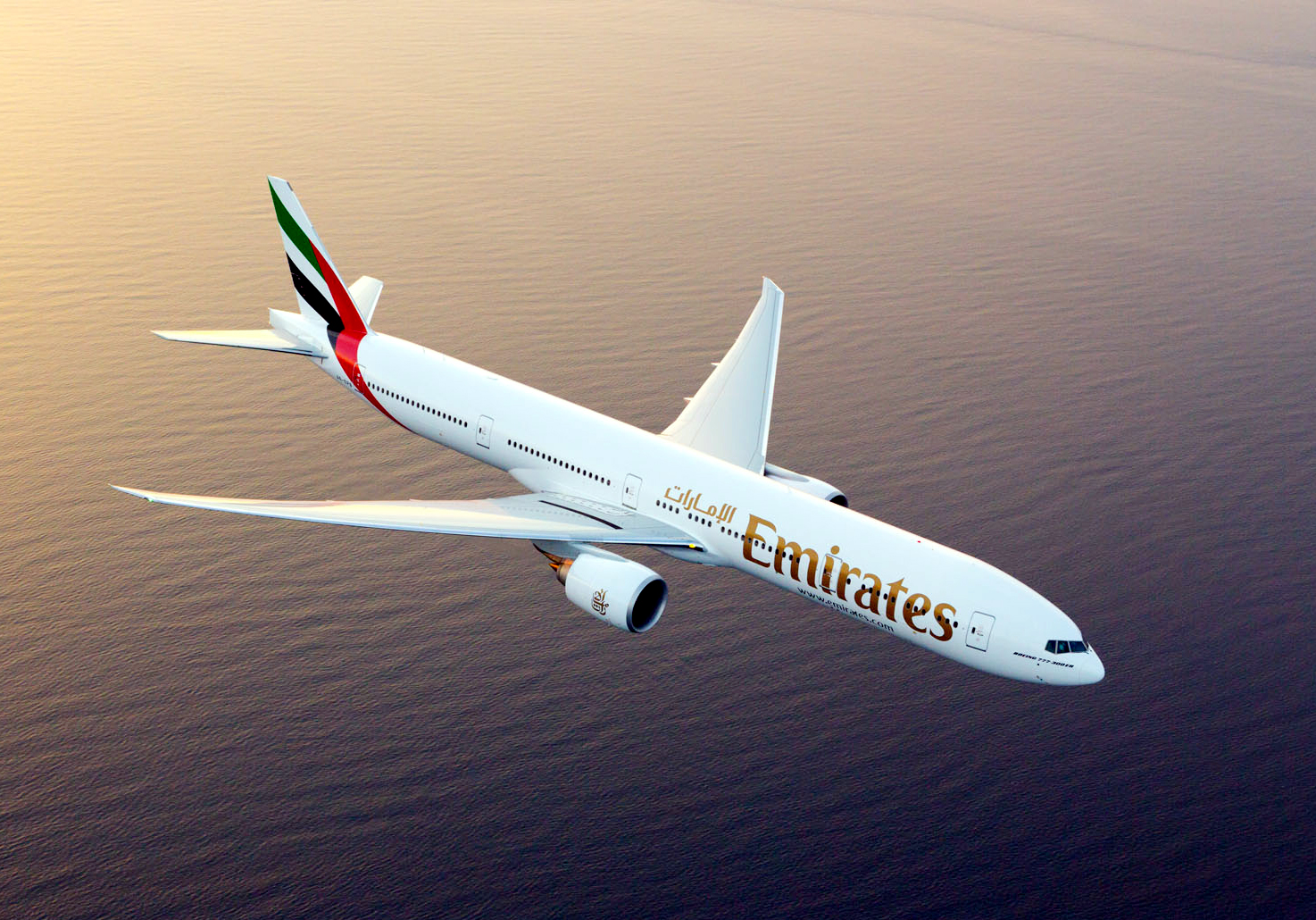In the world of commercial aviation, few aircraft command as much respect and admiration as the Boeing 777-300ER. With its impressive size, range, and performance capabilities, the 777-300ER has become a cornerstone of long-haul travel for airlines around the globe. We delve into the remarkable features and enduring legacy of this iconic wide-body jetliner.
The Boeing 777-300ER, an extended-range variant of the original 777 series, first entered service in 2004 with Air France. Since then, it has become one of Boeing’s most successful and recognizable aircraft models, renowned for its reliability, efficiency, and passenger comfort. With its advanced aerodynamics, and cutting-edge technologies, the 777-300ER has set new standards for long-haul travel and continues to be a favorite among airlines and passengers alike.
As the name suggests, the 777-300ER has an extended range compared to earlier models of the 777 series. This is achieved through increased fuel capacity and aerodynamic improvements, allowing the aircraft to fly longer distances non-stop.
The 777-300ER typically has a higher seating capacity compared to earlier models. It can accommodate more passengers in a standard three-class configuration, making it a popular choice for airlines operating high-density routes.
The 777-300ER features upgraded engines and aerodynamic improvements, resulting in improved performance characteristics such as higher maximum takeoff weight, increased payload capacity, and improved fuel efficiency.
The wingspan of the 777-300ER is slightly longer than that of earlier models, incorporating raked wingtips for improved aerodynamic efficiency and fuel savings.
The 777-300ER has a higher degree of wing flexibility compared to earlier models, allowing it to maintain stability and efficiency during flight, especially in turbulent conditions.
The 777-300ER may incorporate advanced avionics and systems technology, providing pilots with improved navigation, communication, and automation capabilities.
At the heart of the Boeing 777-300ER’s appeal is its unparalleled performance capabilities. Powered by two high-bypass turbofan engines, typically General Electric GE90 engines, the 777-300ER boasts impressive thrust and fuel efficiency, enabling it to cover vast distances with ease. With a maximum range of over 7,370 nautical miles and a maximum takeoff weight of over 775,000 pounds, the 777-300ER is capable of connecting distant destinations with non-stop service, opening up new possibilities for airlines and travelers alike.
Inside the Boeing 777-300ER, passengers are treated to a spacious and comfortable cabin environment designed for long-haul travel. With a typical seating capacity of over 300 passengers in a three-class configuration, the 777-300ER offers ample room for passengers to stretch out and relax during their journey. From luxurious first-class suites and premium business class seats to spacious economy class cabins, the 777-300ER caters to the diverse needs and preferences of modern travelers, ensuring a comfortable and enjoyable experience for all.
Equipped with the latest in avionics and safety technology, the Boeing 777-300ER provides pilots with state-of-the-art tools and systems to ensure safe and efficient flight operations. From advanced flight management systems and weather radar to enhanced ground proximity warning systems and traffic collision avoidance systems, the 777-300ER is equipped to handle a wide range of operating conditions and environments with precision and reliability.
As Boeing continues to refine and improve its product lineup, the Boeing 777-300ER remains a cornerstone of its wide-body aircraft family. With ongoing updates and enhancements, including the introduction of new cabin amenities, fuel-saving technologies, and digital connectivity features, the 777-300ER continues to evolve to meet the changing needs of airlines and passengers in the 21st century.
The Boeing 777-300ER has earned its place as a true icon of long-haul travel, shaping the future of air transportation. As airlines around the world continue to rely on the 777-300ER to connect distant destinations, its legacy as a master of the skies remains firmly intact.
But a better and newer 777 is already in the making, that is going to replace the Boeing 777-300ER in future – the 777-8 and 777-9 models
The 777X variants, particularly the 777-9, are designed to offer even greater range and fuel efficiency due to advanced aerodynamics, new engines, and improved materials.
The 777-300ER typically has a higher seating capacity compared to the smaller 777X variants. However, the 777-9, the larger of the two 777X models, is designed to accommodate more passengers than the 777-300ER, making it suitable for high-density routes.
The 777X features all-new composite wings with folding wingtips, allowing the aircraft to maintain compatibility with existing airport infrastructure while maximizing aerodynamic efficiency. This wing design offers improved fuel efficiency and performance compared to the traditional wings of the 777-300ER. The 777-300ER is powered by General Electric GE90 engines, while the 777X variants are equipped with the latest-generation General Electric GE9X engines. The GE9X engines are larger and more fuel-efficient than their predecessors, contributing to the improved performance and efficiency of the 777X.
Both the 777-300ER and the 777X feature modern cabin interiors designed to enhance passenger comfort and convenience. Airlines have the flexibility to configure the cabin layout according to their preferences, offering various seating options, amenities, and entertainment systems. The 777X incorporates advanced avionics, systems, and materials compared to the 777-300ER, providing pilots with enhanced navigation, communication, and automation capabilities. Additionally, the 777X features Boeing’s latest onboard systems and connectivity options to improve operational efficiency and passenger experience.
Overall, while the Boeing 777-300ER remains a popular and capable aircraft in the long-haul market, the new 777X variants offer several advancements in range, efficiency, capacity, and technology, positioning them as the next-generation successors to the successful 777 series.
Photo: Emirates Boeing 777-300ER

